Google closed on the acquisition of DoubleClick today, and issued this statement to address concerns (continued Dart service, as well as privacy provisions).
As a buyer of interactive media (primarily paid search but also targeted display), I like this deal. Google’s muscle, innovation and discipline from the paid search origins means this could enhance the metrics around otherwise cute but unaccountable display ads. I’m tired of the “let’s do another bloated consumer survey to find out what display does to awareness, recall and intent.” There’s got to be a way to get conversion rates tied better to display, and if anyone can now prove the “one-two-punch” theory of paid ‘n display (think chocolate and peanut butter yummy), Google now can. And should.
Oh, I almost forgot. Here’s my “Enlightened Stupid Marketers” video I posted this morning to spoof my profession, and it touches on the impact of friggin’ newspaper ads versus paid search. Did you know that stupid marketers have two choices: to remain stupid, or pretend not to be? The core YouTube audience really doesn’t care much for these niche videos, but readers of WVFF might.
Where was I? Oh. Now here’s the challenge. This deal kinda makes some online media buyers a little twitchy, as some get threatened by consolidation downstream. Some of those flickering-bulb types (you know- the pretty ones that talk too much if they talk at all) will feel they’re one step closer to being as obsolete as their moms or older sisters who were, naturally, travel agents. Maybe they should be doing PR afterall?
In reality, the online media mix is dynamic and will always require smart, strategic buyers. It’s just that they’re only about 10 of them in the world, and 7 of them lose their charm exactly 6.5 days after they win the new account. Like Candycorn, the first few handfuls are delicious, and then suddenly you feel like you’re eating sweetened candles and can’t stand the site of them. You loved the little puppies in the litter, and now they’re just pissing on the furniture, biting the couch and barking all night.
So get to the damned point, Nalts. What does this acquisition mean to video? Well, probably nothing initially. But long term it’s good news for two reasons:
- Text ads are currently more relevant than display ads around videos. Since Revver hasn’t been selling many single-frame display ads these days, we’re seeing the Google-run text ads (Adsense) served “InVid” style. Guess what? They’re actually relevant and capture my attention more than current display ads. I watch a lot of videos, and have developed ad anethesia for the limited number of CPG companies doing “run of site” ads across YouTube. Don’t stop, guys. I owe my YouTube partner income to you.
- Since it’s Google buying Doubleclick (and not the other way around), we’ll see display develop some of the maturity of paid search. Harnass the visceral medium of InVid (quarter frame ads) with their sister display ads, then add the relevance of text relevancy. And if the databases can be merged in ways that don’t freak out the privacy people, then ads become even more relevant albiet sometimes creepy.
Now Google has two more challenges to make video advertising really interesting.
- The Google account teams have to grow beyond paid search. This is not an easy transition. SEM (search engine marketing) buyers have a very hard time with CPM (cost per million- a term for buying for an ad based on impressions not performance). Meanwhile SEM sellers need to be trained to talk to CPM junkies. It’s kinda like being bilingual. You need a translator around for a period. Currently, it’s a buyer’s market for video advertising. I am convinced that the “marketers are afraid of buying ads around CGM (consumer generated media)” hype is a big, fat, stinkin’ red herring. It’s just that nobody is showing marketers how online video ads and more creative sponsorships can move their business. Google plus YouTube plus DART should be able to pull that off, but it’s going to require behavior and organizational shift.
- Now the big challenge. If I get a CPC (cost per click) based on text ads around my videos, then I’ll tag them all with free Viagra, mortgage, loans, lawers and digital camera. So we need that ever-evasive “text recognition” technology that turns my droaning voice into targetable text. Blinkx was supposed to be doing this years ago. Then, of course, I’ll just start saying all those tag words as part of my scripts. 🙂



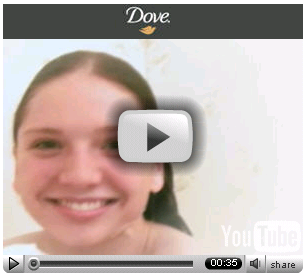



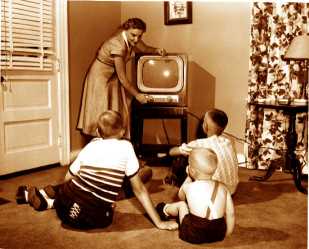
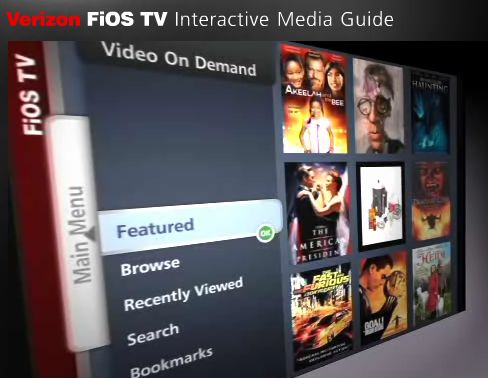
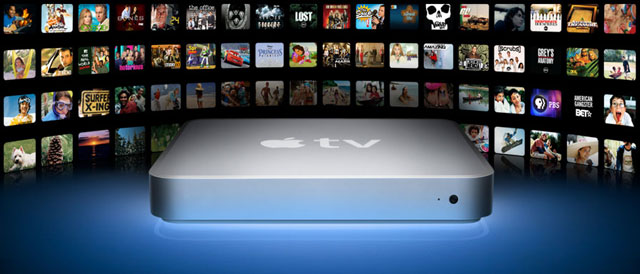


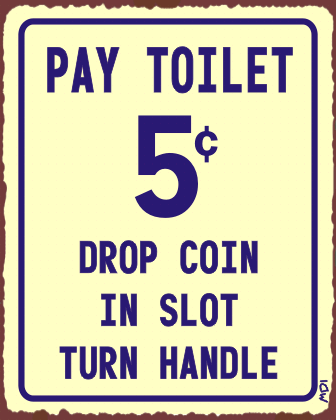



WARNING I DID NOT START THIS SPAM ok susie was going to a river where she watched the school of dogs dissecting cats that could fly because of their lung cancer thus enabling the time portal to pull down the trigger that made the lever go down into Narnia which was currently in a war against the Summer Queen who made eternal summer, when the summer queen was vanquished Fred came to save the day transporting all living babies in the world to travel first class to Funkytown singing Funkytowwwwwn the whole way there the babies enjoyed their sparkling white grape juice which made them all fart Beethovens Ninth backwards making them change each others pampers for a milenium until two magical beavers came and started to shop at wal-mart because of it having the lowest prices they bought firewood to burn the Ohio River therefore making Lisa Nova drinking an 8 ounce glass of water flexing her liver making it break thus powering all of new york city for the rest of the year making arnold schwargentator happy to be alive until the terminator kills him everyone is living happily except George Bush since lisa novas liver broke and two squirrels from sydney come in to kidnap president lincoln holding him as ransom for 70 nuts or walnuts making the world fall in the Great Depression 2 thus starting war against switzerland because of all of the obese people in america wanting it’s magical chocolate mines causing them to get more obese and starting weight watchers to gain even more weight causing the worlds rotation to end effecting into the sun being blocked by an enormous bottle sun tan lotion sold by an eskimo in iceland causing a humonguos meteor to fall into austrailia and killing all of the worlds opera singers thus making everyone happy again and then everyone died except nalts, he lived. (run-on consider revising)